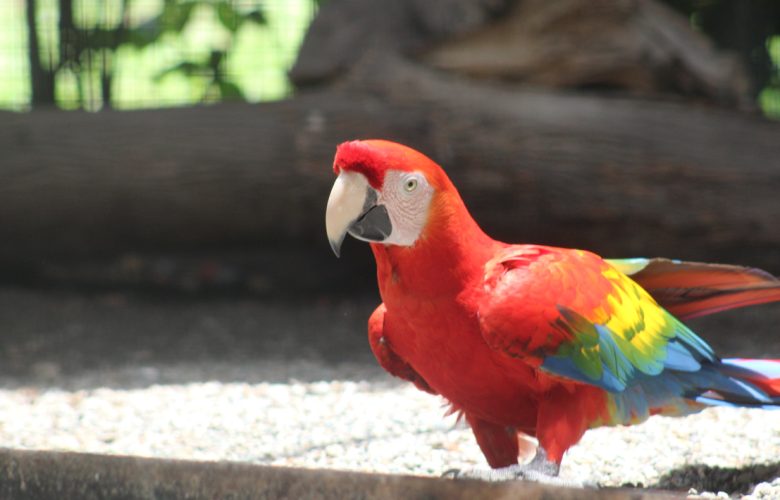 No one knows how many or the exact number of species of animals that exist in the world today. Usually animals are grouped to make it easier for people studying then from a scientific perspective.
No one knows how many or the exact number of species of animals that exist in the world today. Usually animals are grouped to make it easier for people studying then from a scientific perspective.
Animals are normally classified in two groups: Vertebrates or animals with backbones that include mammals, fish, birds, amphibians and reptiles and invertebrates or animals without backbones that include, among others, insects and arachnids (spiders).
Animals are normally placed into families or classes because of their shared characteristics. This is determined by their features, eating practises and other habits and behaviours. Animals are often labelled as cold or warm-blooded; these animals fly, swim or lay eggs.
Even though each animal has unique characteristics, there are many similarities that each shares with others that allows for categorisation. Animals like birds, amphibians, fish and reptiles are all examples that lay eggs and may or may not be able to fly. Many animals in groups like birds and insects can indeed fly.
Some animals, such as the duck-billed platypus, are not the easiest to categorise. The platypus, which is only found in Australia, is only one of its kind of its family (Ornithorhynchidae) and genus (Ornithorhynchus) known to be in existence today. Including the four species of echidna, the platypus is only one of five known species of monotremes in existence today that are mammals that lay eggs rather than give birth to their offspring.
Whitetail Deer in the Blue Mountains of Jamaica
The American whitetail deer lives in the Jamaican Blue Mountains. Many of the deer were taken into the eastern parish of Portland to attract tourist. The deer escaped from the Somerset falls in Portland, and fled into the forest of the Blue Mountains. The presence of deer in the Blue Mountains can be traced to 1988, after hurricane Gilbert. One of the reasons why the deer thrive in the higher elevations is due to the comparatively lower temperatures which they prefer.
Sadly, many small farmers in the surrounding areas have suffered greatly because deer destroy their crops. These farmers lose all of their crops and way of survival while the deer gain from it. It would appear that the deer population that thrives in the area has grown uncontrollably over the years. (Pragg, 1998).
A few facts about the whitetail deer are:
- They were brought to Jamaica in the 1980’s and during that period they also managed to escape from their controlled environment.
- They spend most of their time eating and consume a wide variety of plants.
- These deer are mostly active during the nights and rarely seen in day.
- They also use their body language and sounds like wheezes and grunts to communicate with each other.
- Normally male deer have antlers and that can tell how old they are and the quality of their nutrition.
(Jamaican Petrel, 2019).
References for this article
4-H Learning Network. (2019). What is an animal. Extension foundation. Services: https://4hlnet.extension.org/what-is-an-animal/
Jamaican Petrel. (2019). 7 Facts about the White Tailed Deer. Jamaican petrel. Services: https://www.jamaicanpetrel.com/blog/7-facts-about-the-white-tailed-deer
Jamaican till I Die. (2019). Oh Dear what to Do about the Blue Mountain Deer? https://jamaicantillidie.blogspot.com/2019/02/blog-post.html?m=0
Leafy Place. (2021). Types of Animals: Classes, Species, Categories and More. Leafy Place. Services: https://leafyplace.com/animal-classes-types-groups/
Platypus, https://en.wikipedia.org/wiki/Platypus
Pragg, Sam. (1998). Environmental Bulletin-Jamaica: Battling the Deer Invasion. Inter Press Service. Services: http://www.ipsnews.net/1998/12/environment-bulletin-jamaica-battling-the-deer-invasion/
Stewart, Shanae. (2019). Deer Hunting? Jamaica Observer. Services: https://www.jamaicaobserver.com/observer-north-east/portlanders-give-mixed-views-on-deer-hunting_156153




